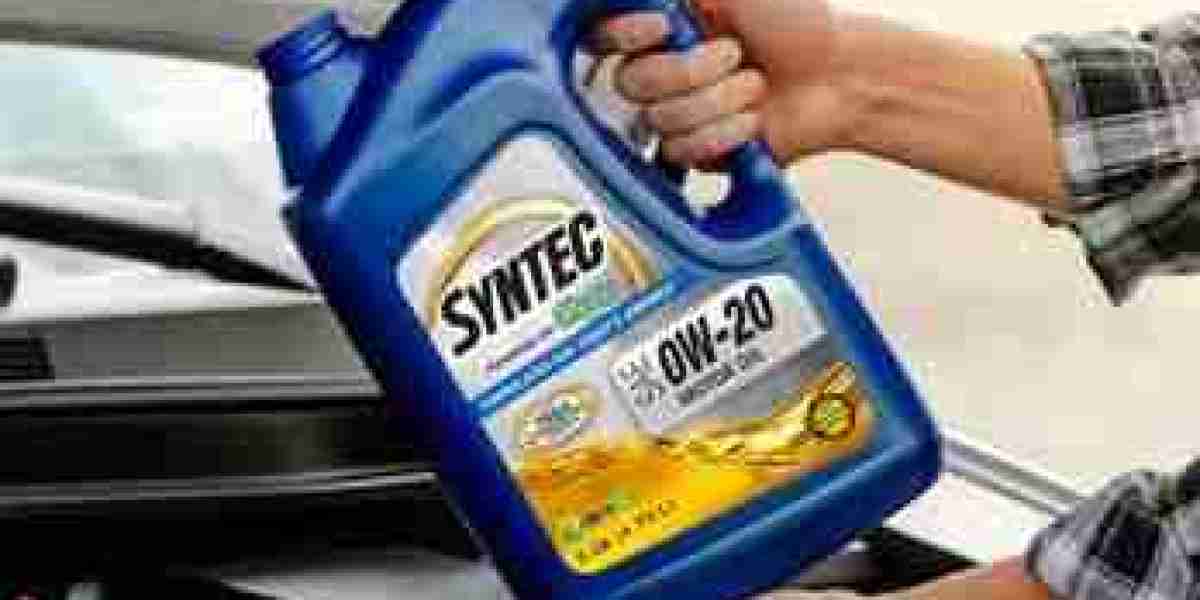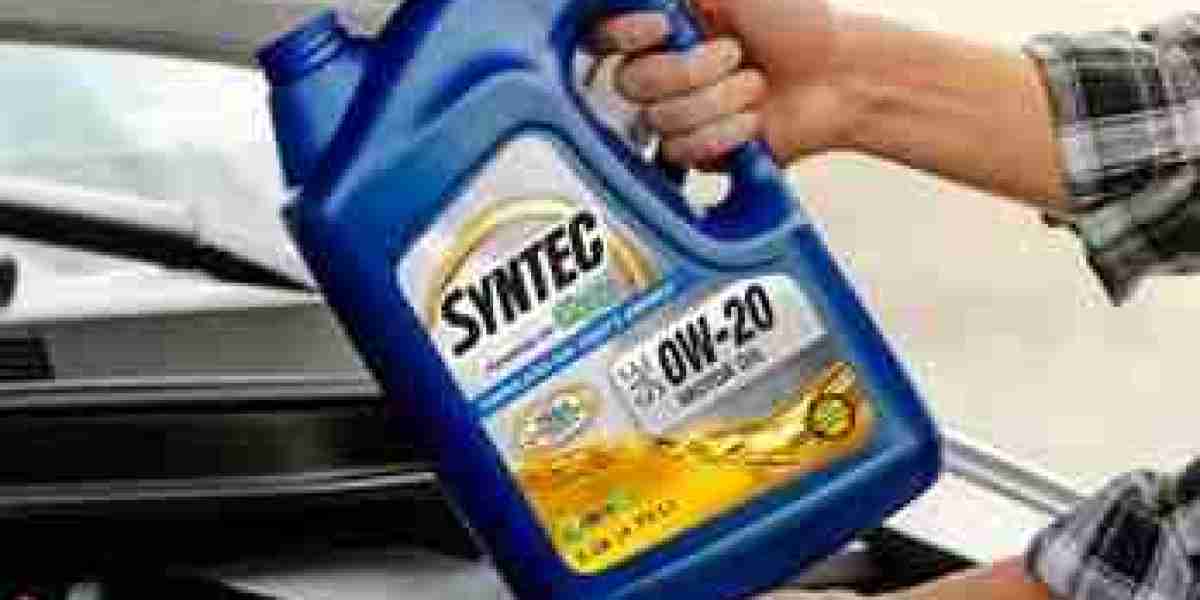بحث
منشورات شائعة
-
 Купить диплом специалиста.
بواسطة Chana Dexter
Купить диплом специалиста.
بواسطة Chana Dexter -
 Купить диплом о высшем образовании с занесением в реестр.
بواسطة Reynaldo Kaler
Купить диплом о высшем образовании с занесением в реестр.
بواسطة Reynaldo Kaler -
 Купить свидетельство о заключении брака.
بواسطة Wanda Reece
Купить свидетельство о заключении брака.
بواسطة Wanda Reece -
 Купить диплом техникума с занесением в реестр отзывы.
بواسطة Joe Queale
Купить диплом техникума с занесением в реестр отзывы.
بواسطة Joe Queale -
 Купить аттестат за 9 класс.
بواسطة Milan Gaston
Купить аттестат за 9 класс.
بواسطة Milan Gaston









